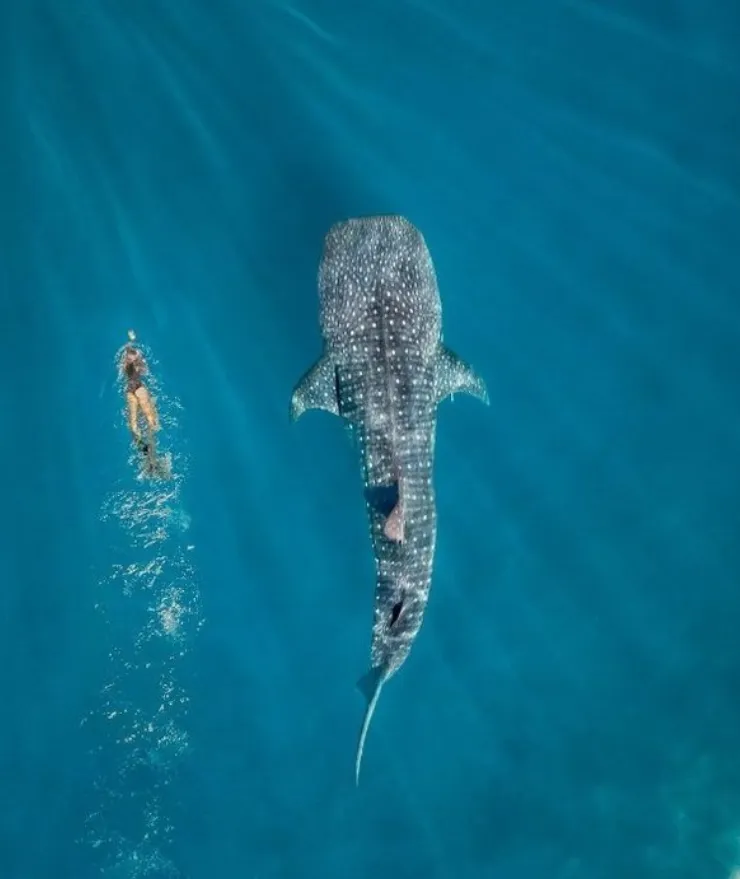Ningaloo Reef off the northwest coast of Australia is a marine wonderland where you can see the biggest fish in the world – the whale shark. These gentle giants, with their spotted bodies, come into the coastal waters of Ningaloo Marine Park every year and attract tourists and marine biologists. But there is still so much to learn about whale sharks – what’s the difference between female whale sharks and juvenile whale sharks and how they interact with the hundreds of species of fish that live on the reef.
This article goes into the ecology of whale sharks, their feeding habits, migration patterns, social behaviour and conservation. By looking at the various factors that influence the presence of individual whale sharks in Ningaloo Reef we can better understand their role in the marine ecosystem and protect them for future generations.
The Ecology of Whale Sharks in Ningaloo Reef
Seasonal Occurrence and Migration
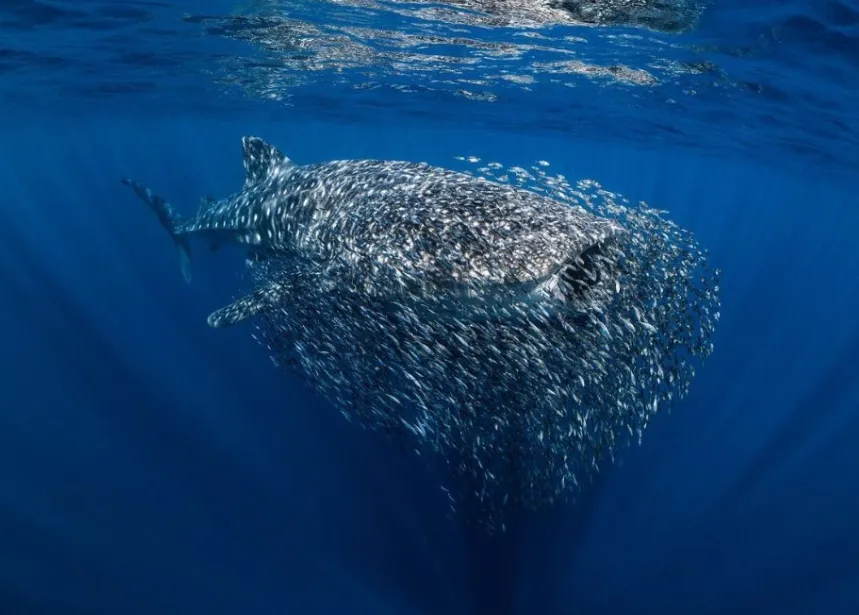
One of the most amazing things about whale sharks in Ningaloo Reef is their seasonal occurrence. Between March and August every year, whale sharks come to the area, attracted to the rich feeding grounds created by the annual coral spawning. This spawning causes an explosion of plankton and fish larvae in the water column, the base of the whale sharks’ diet.
Juvenile whale sharks are most abundant in Ningaloo Marine Park during this time and take advantage of the feast. The migration is well documented and many previous studies have shown that both male and female whale sharks come from the Indian Ocean and Australian waters to congregate in Ningaloo Reef. This migration is critical for the species’ survival as it provides access to food and potential breeding opportunities.
Feeding and Metabolism
The feeding habits of whale sharks in Ningaloo Reef are an area of interest for marine biologists. As filter feeders, whale sharks eat large amounts of plankton and small fish by swimming with their mouths open and filtering the water. Their metabolic rate is low for such a large animal, which allows them to survive on small, energy-rich food. This feeding method is called vertical feeding and is common in Ningaloo Reef, especially during the peak of the coral spawning season.
Whale sharks are part of the elasmobranch group, which includes other cartilaginous fish, such as the nurse shark and lemon shark. But unlike these bottom-dwelling sharks, whale sharks are pelagic and spend most of their time in the open ocean. Their ability to survive in the nutrient-rich coastal waters of Ningaloo Reef shows their adaptability and specialized feeding mechanism of the biggest fish in the world.
Males and Females, Juveniles and Adults
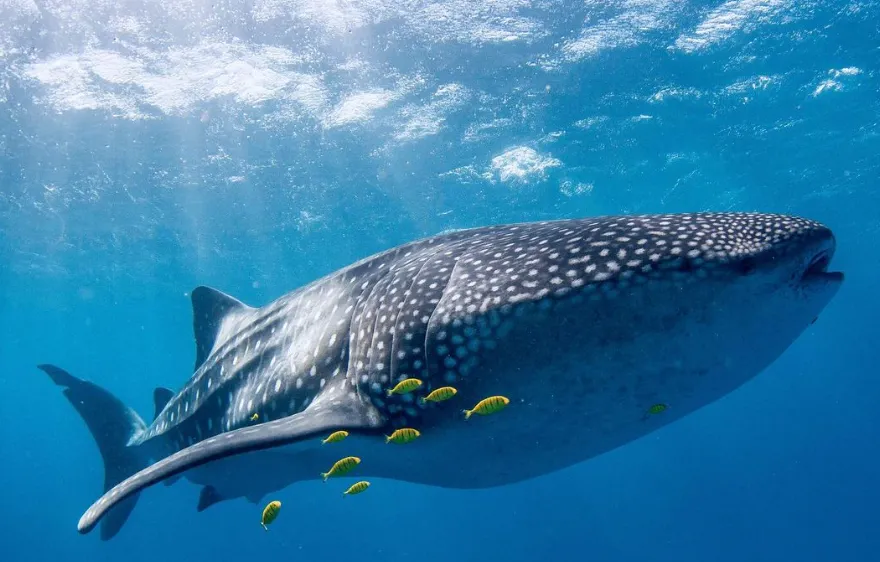
There are differences between female and male whale sharks and between juvenile and adult whale sharks, especially in their feeding and social behaviour. Females are bigger and have been seen to stay closer to the Australian coast, maybe for food or breeding grounds. Juveniles in Ningaloo Marine Park means this area is a nursery, safe from predators and with plenty of food.
Each whale shark is different, some like to feed solo, others in small groups. These differences in behaviour are due to a combination of factors, age, size and metabolism. Female whale sharks need more food to support their reproductive needs so they visit the rich feeding grounds of Ningaloo Reef more often.
Whale Shark Tours and Human Interaction
The Whale Shark Tourism Industry

The annual migration of whale sharks to Ningaloo Reef has created a booming whale shark tourism industry. Ningaloo Reef tour allow visitors to swim with these gentle giants, which is an experience of a lifetime and a big boost to the local economy. However, these interactions must be done responsibly to ensure the safety of the individual whale sharks.
The regulations for whale shark tours in Ningaloo Marine Park are to keep a safe distance, limit the number of swimmers and not to touch or chase the sharks. These guidelines reduce the impact of human activity on the whale sharks natural behaviour and the risk of stress or injury to the animals. Research has shown that when done ethically, whale shark tourism can be a positive for conservation by raising awareness and funding research.
Conservation and Previous Research
Whale Sharks in Ningaloo Reef
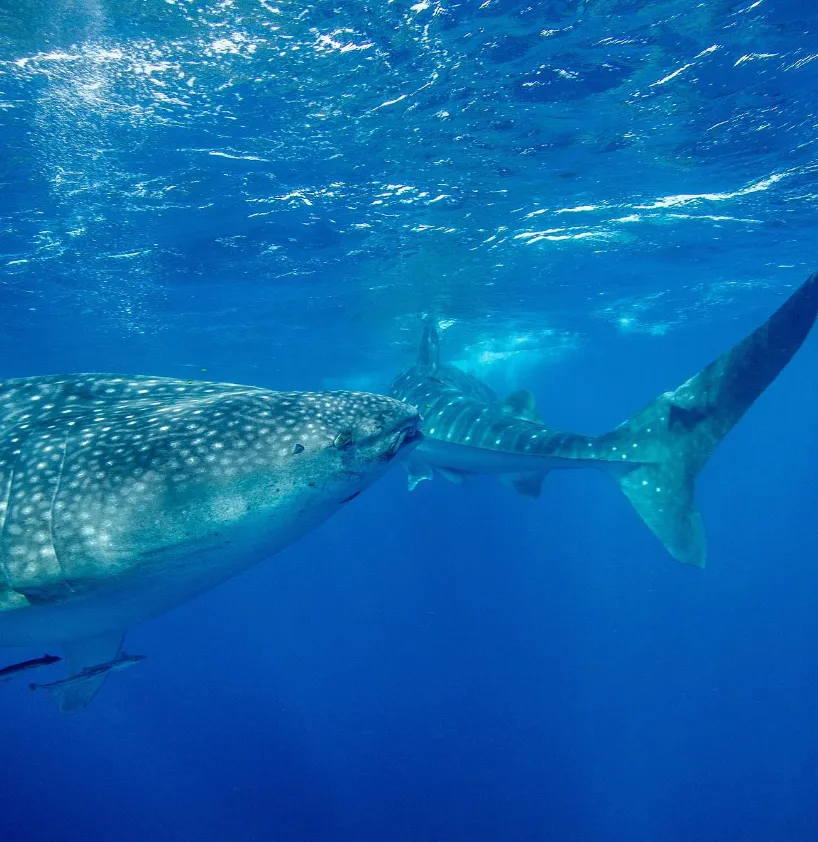
Conservation of whale sharks in Ningaloo Reef is a high priority for organisations like the Australian government’s Department of Biodiversity, Conservation and Attractions. These organisations are working to protect the reef’s delicate ecosystem by enforcing regulations, monitoring the whale shark population and promoting sustainable tourism.
Previous research on whale sharks in Ningaloo Reef has used methods such as satellite tagging, acoustic monitoring and Stable Isotope Analysis to track their movements and diet. The data from these studies has given us valuable information on the whale sharks life history, reproductive behaviour, migratory routes and interactions with other fish in the reef.
Tagging has shown that some whale sharks come back to Ningaloo Reef year after year, so this area is part of their life cycle. Behavioural analysis has also shown statistical significance in the differences between feeding and swimming speeds of different age and sex groups.
Future Research and Ningaloo Reef
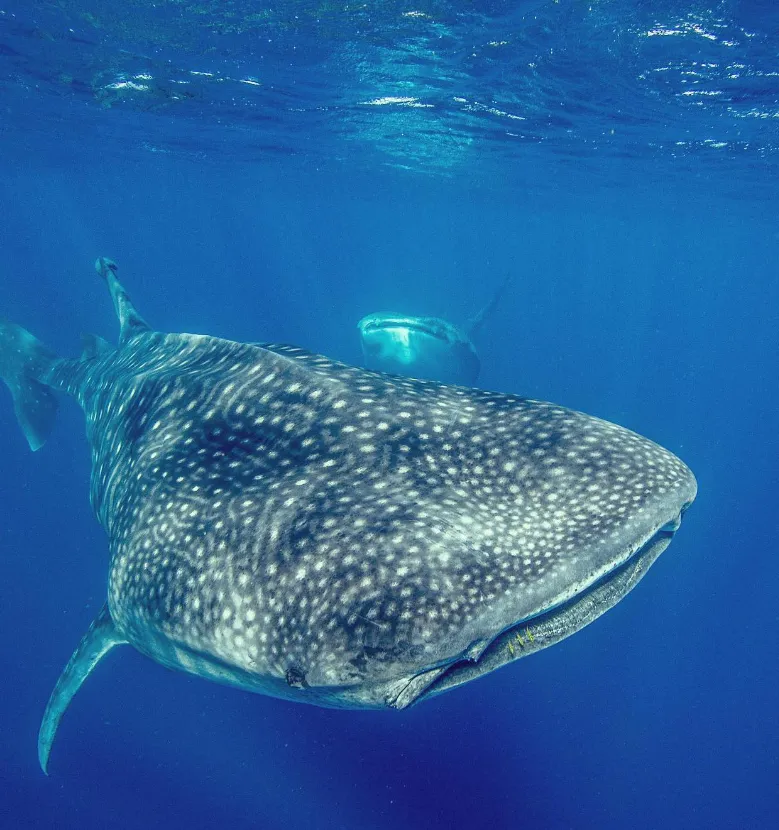
More to Learn
Despite all we already know, there is still so much to learn about whale sharks and their long term survival in a changing environment. More research is needed to understand the impact of climate change, overfishing and pollution on the whale shark population in Ningaloo Marine Park.
Studying the whale shark dermis for example could give us insight into how they adapt to changes in water temperature and salinity. And studying the diet of whale sharks and their interactions with other fish in the area may reveal more about their role in the coral reef ecosystem.
As more research is done, collaboration between local authorities, researchers and international partners is key to protecting Ningaloo Reef and its inhabitants. Organisations like Ningaloo Aviation and CRC Press are at the forefront of this, using technology and Formal analysis to crack the code of whale sharks.
Summary
Ningaloo Reef is one of the best places in the world to see whale sharks in their natural habitat. By understanding their feeding habits, migration patterns and interactions with the ecosystem, we can protect these incredible animals and ensure their survival for generations to come. Conservation, responsible tourism and more research are all crucial to the future of whale sharks in Ningaloo Marine Park.
FAQ
Why do whale sharks come to Ningaloo Reef?
Whale sharks come to Ningaloo Reef because of the seasonal plankton and small fish that follow the annual coral spawn. It’s the perfect feeding ground for the biggest fish in the sea.
When can I see whale sharks at Ningaloo Reef?
March to August is the best time to see whale sharks at Ningaloo Reef, peak season is during the coral spawn when the food is most abundant in the coastal waters.
Are whale sharks hazardous to humans?
No, whale sharks are not hazardous to humans. They’re the biggest fish but are gentle filter feeders, and as long as you follow the interaction guidelines, you’re safe.
How are whale sharks protected in Ningaloo Reef?
Whale sharks in Ningaloo Reef are protected through conservation efforts led by local authorities and affiliated organizations who enforce tourism regulations and research and promote sustainable practices to protect the reef.
How do whale sharks feed?
They feed by filtering water through their gills, eating plankton, fish larvae and small marine animals. They can do this because they swim slowly and can feed vertically in the water.
